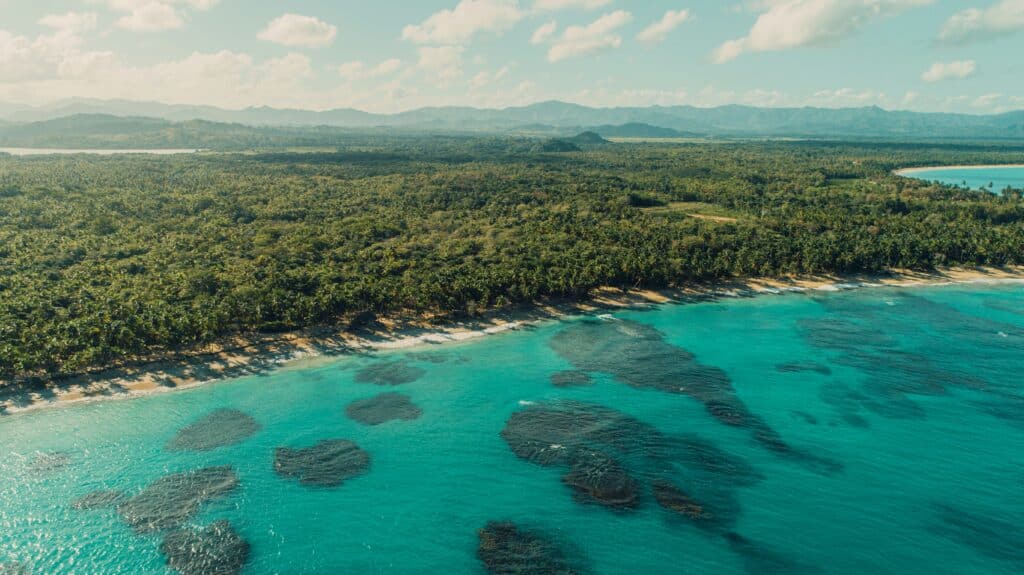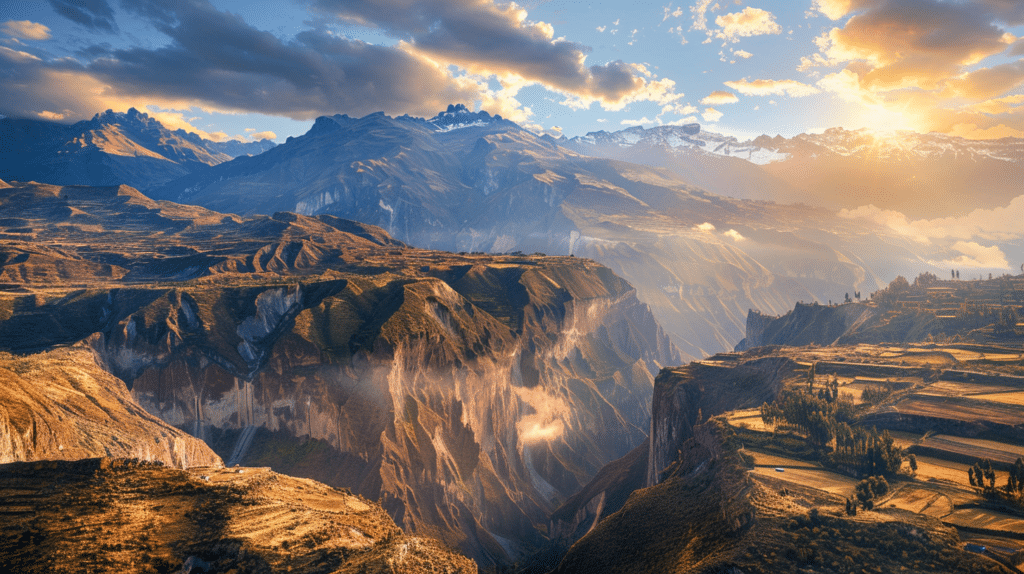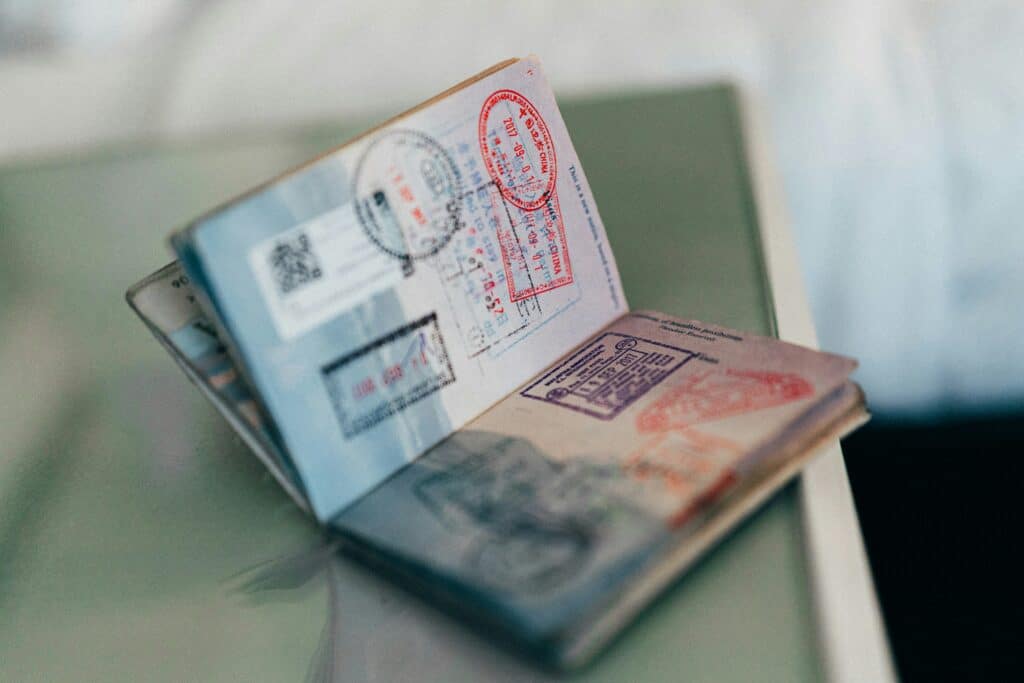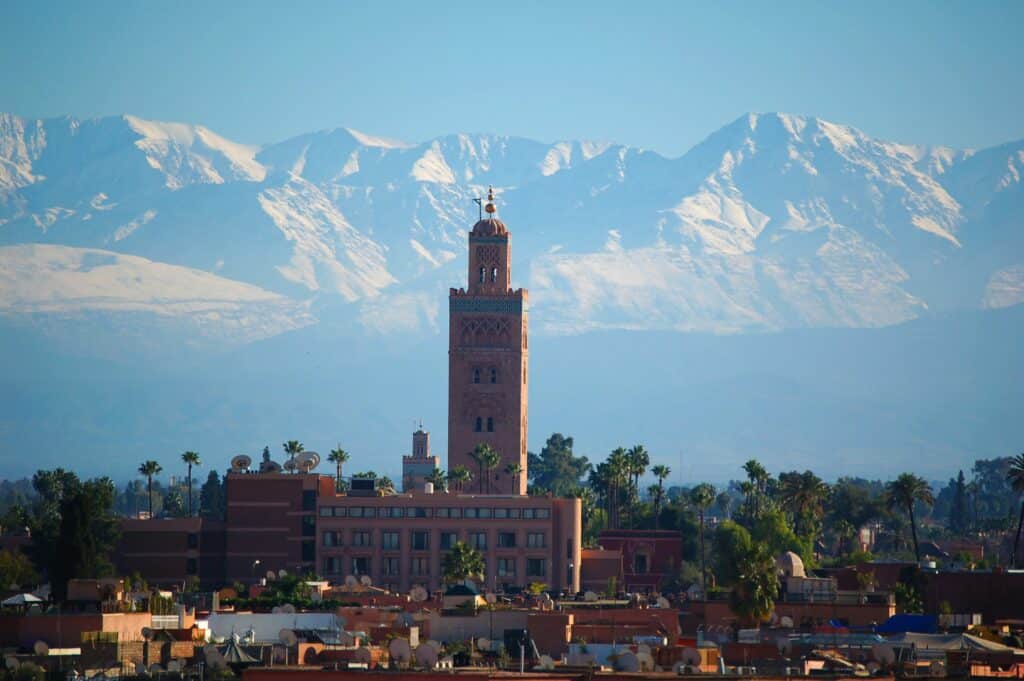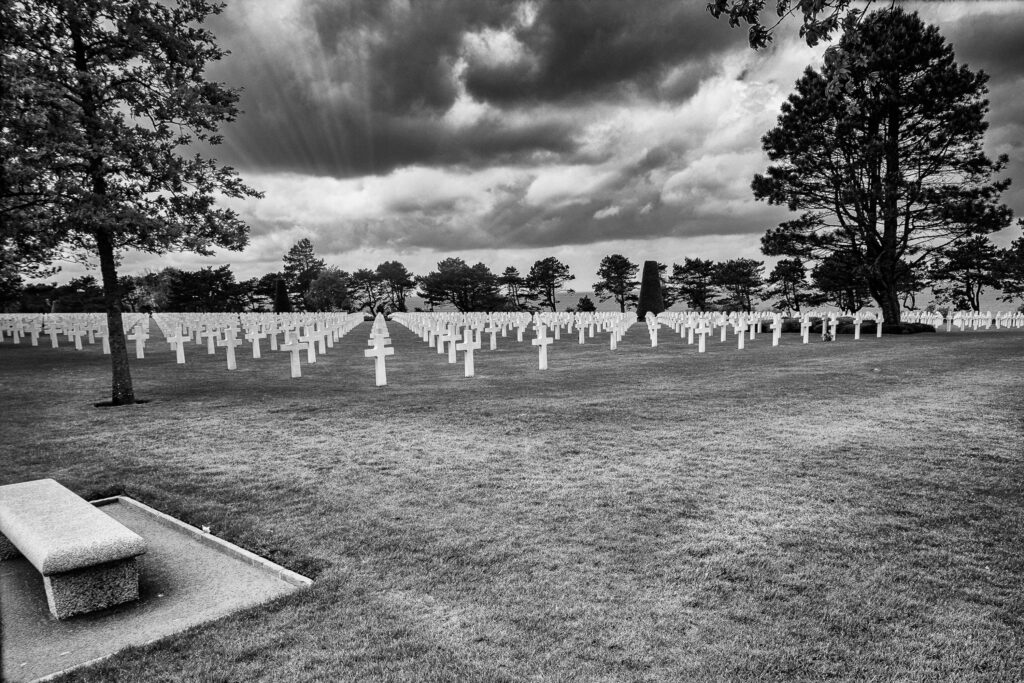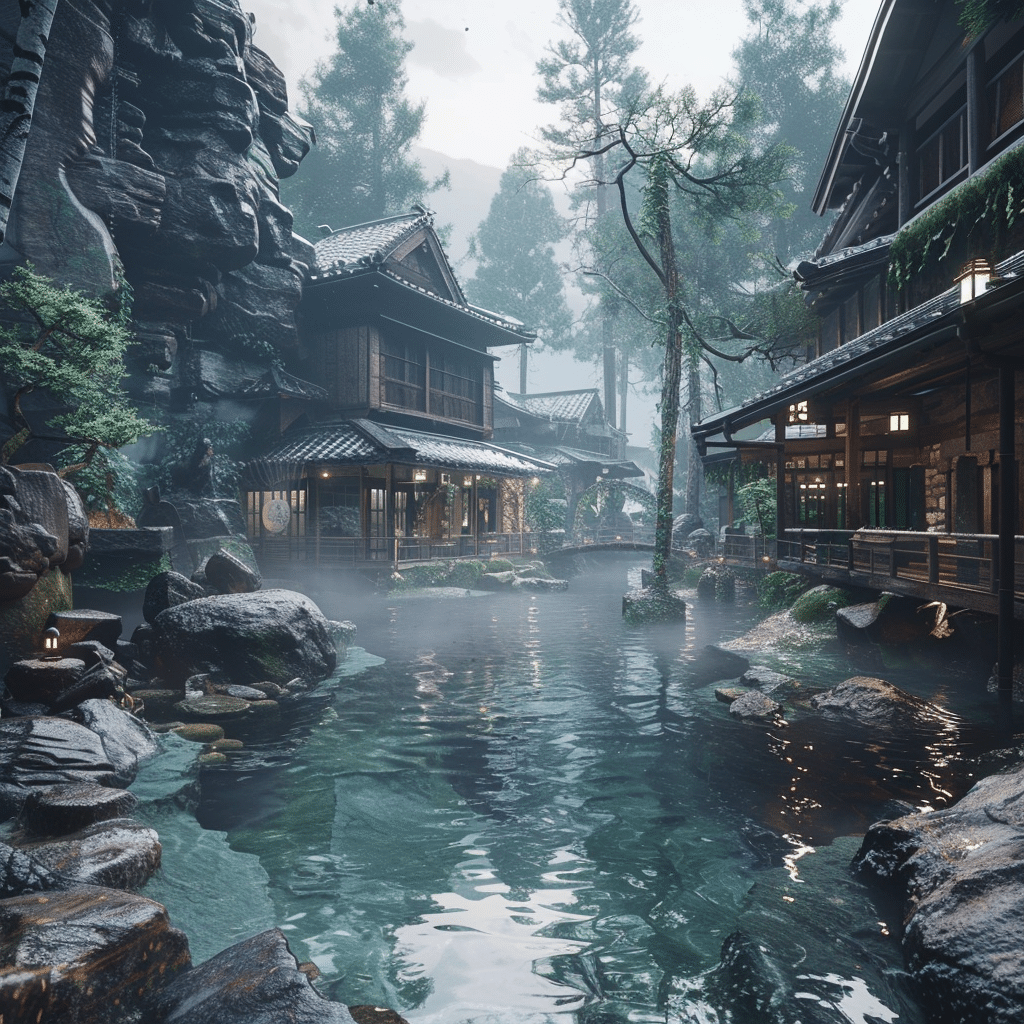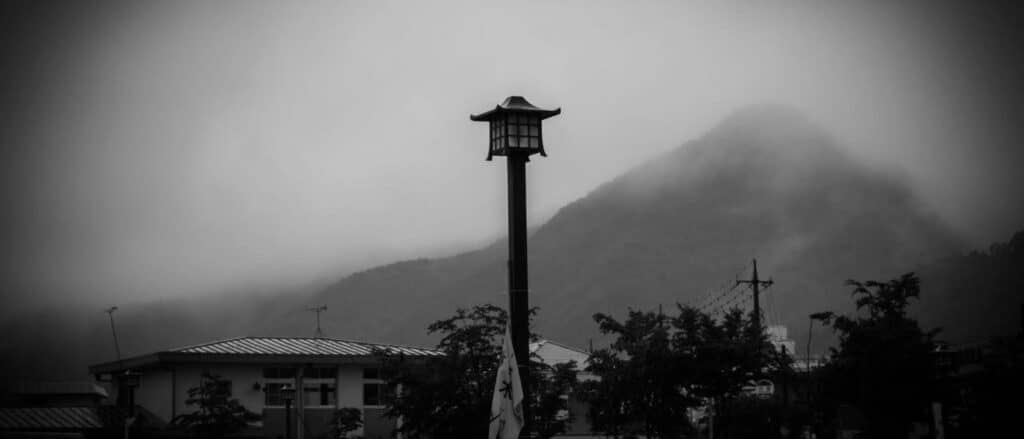Key Takeaways:
- Built: Late 19th century
- Size: 8,000 square meters
- Rooms: 160
- Distinct Features: Moroccan and Islamic architecture
- Visitor Experience: Rich Moroccan cultural immersion
- Special Events: Art exhibitions and music concerts
- Cultural Recognition: Capital of Culture in the Islamic World for 202
Bahia Palace of Morocco, nestled in the vibrant city of Marrakesh, stands as a timeless testament to Moroccan architecture and heritage. Let us take you on a journey through the grandeur and cultural significance of this magnificent palace.
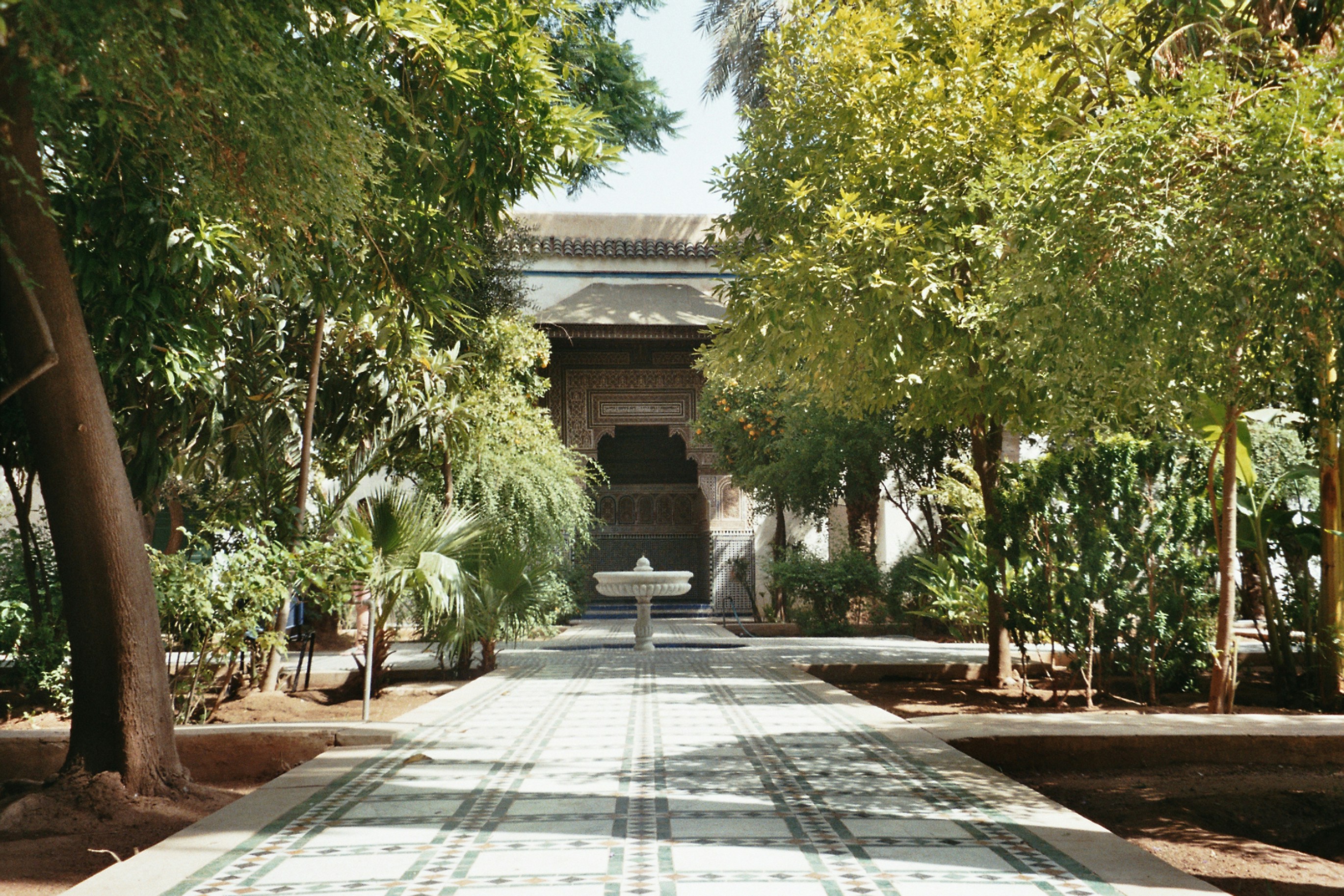
Introduction to Bahia Palace
Bahia Palace, spanning across 8,000 square meters, is an architectural marvel showcasing the fusion of Moroccan and Islamic design elements. The Bahia Palace was built between 1866 and 1867 by Si Moussa, the Grand Vizier of Sultan Hassan I. This sprawling palace covers two acres and features 150 rooms. It was later enhanced by Si Moussa’s son, Bou Ahmed, who added lush gardens and private riads. The palace boasts impressive zellig fireplaces, painted cedarwork, and a large riad surrounded by citrus trees. Despite being looted after Ahmed ben Moussa’s death in 1900, the palace remains remarkably well-preserved with its Andalusian and Moorish architectural style. Today, it serves as a historical museum open to the public daily, showcasing the splendor of Moroccan craftsmanship and design. [1]
Exploring the Architecture
The palace boasts intricate details like zellig fireplaces, painted cedarwork, and colorful stained-glass windows. Its design includes a large riad surrounded by citrus trees, traditional Moroccan geometric patterns, and mosaic tilework. The grand Courtyard of Honour, with its Italian marble flooring and Moroccan mosaics, is a highlight surrounded by a gallery of 52 wooden columns. The architecture of the Bahia Palace reflects a fusion of Arab and Andalusian influences, creating a unique and visually striking environment for visitors to explore. [2]
Visitor Experience
Upon entering the palace, visitors are greeted by a grand Courtyard of Honour adorned with Italian marble flooring and intricate Moroccan mosaics. The guided tours offered provide a deeper insight into the palace’s rich history. The lush gardens surrounding the palace offer a serene escape with citrus trees and splashing fountains, providing a tranquil setting to wander and admire the beauty of the surroundings. While the harem section remains off-limits to visitors, the traditional style gardens and living quarters, notably that of Bou Ahmed’s wife Lalla Zinab, are open for exploration.
Cultural Significance
Bahia Palace serves as a cultural beacon, reflecting the profound history and artistic heritage of Morocco. Its selection for Marrakesh’s Capital of Culture celebration underscores its importance in the country’s cultural tapestry.
Events and Usage
From hosting art exhibitions like the Marrakesh Biennale to welcoming music concerts, Bahia Palace is a hub of artistic expression. Sections reserved for dignitaries and cultural events add to the palace’s versatility.
Entrance Fees and Access
For a nominal fee of 70 Moroccan dirhams, approximately $7.00, visitors can explore the accessible parts of the palace. Immerse yourself in the architectural splendor and cultural richness awaiting within the hallowed halls of Bahia Palace.
Planning Your Trip
Looking to take a trip to Morocco and visit Marrakesh? Why not work with one of our Morocco experts, who can help you see some of the big sites like Bahia Palace, Casablanca, and the Atlas Mountains. Check out our article on the weather of Marrakesh, to be up to date on the best time to go.

